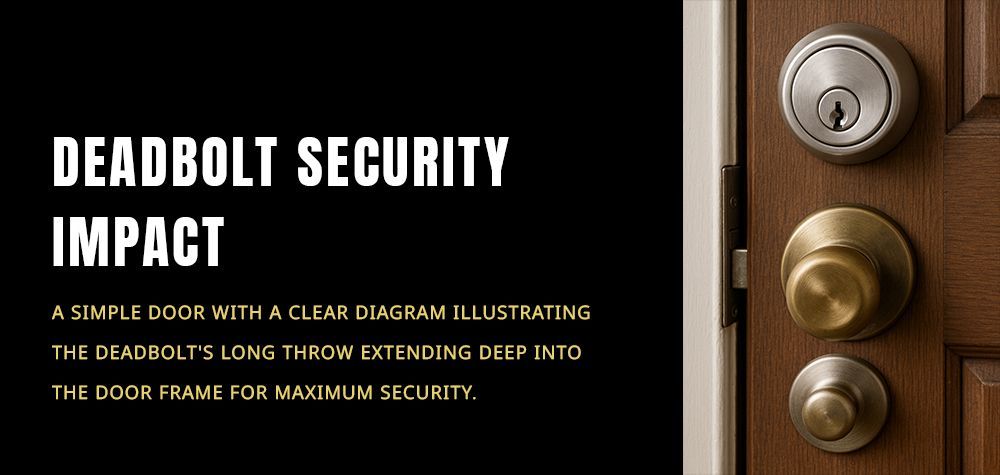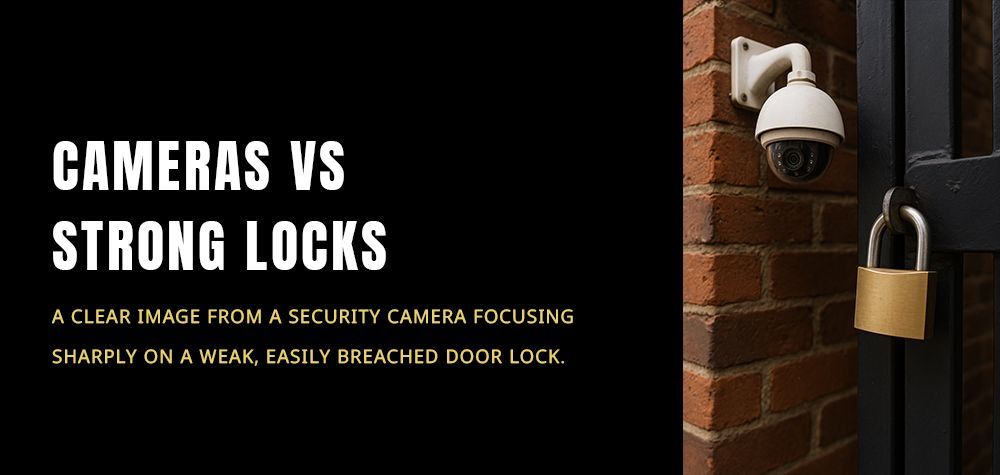DIY Car Door Lock Repair
Car door locks are crucial for the security and functionality of your vehicle. If you're facing issues like difficulty turning the key or malfunctioning remotes, it's time to roll up your sleeves and tackle the repair yourself.
Here’s a step-by-step guide to help you get started:
1. Identifying the Problem
First things first, diagnose the issue with your car door lock. Is the key not turning smoothly? Are you having trouble with the remote locking mechanism? Identifying these symptoms will help you understand whether the problem lies in the mechanical components or electrical systems of your car door locks. Knowing the root cause is essential before you proceed with any repairs.
2. Gathering Tools and Materials
Before you get your hands dirty, gather the necessary tools and materials. You'll typically need a set of screwdrivers (both flathead and Phillips), lubricants for hinges and locks, and possibly replacement parts such as actuators or wiring harnesses. Having the right tools ensures you can tackle the repair effectively without causing additional complications.
3. Repairing Mechanical Issues
If you're dealing with mechanical issues like jammed locks or loose connections, follow these steps:
- Start by carefully removing the door panel using a screwdriver.
- Inspect the locking mechanism for any visible obstructions or worn-out parts.
- Use lubricants to free up any stuck components and tighten loose connections.
- Reassemble the door panel once the repairs are complete, ensuring all parts are securely in place.

3. Repairing Mechanical Issues
If you're dealing with mechanical issues like jammed locks or loose connections, follow these steps:
- Start by carefully removing the door panel using a screwdriver.
- Inspect the locking mechanism for any visible obstructions or worn-out parts.
- Use lubricants to free up any stuck components and tighten loose connections.
- Reassemble the door panel once the repairs are complete, ensuring all parts are securely in place.
4. Addressing Electrical Problems
For electrical issues such as faulty actuators or wiring problems:
- Use a multimeter to test the continuity of electrical components.
- Replace any faulty actuators or damaged wiring harnesses with new parts.
- Be cautious when handling electrical components to avoid short circuits or damage to other parts of your vehicle.
5. Preventive Maintenance Tips
Once you've successfully repaired your car door locks, it's essential to maintain them for long-term functionality:
- Regularly inspect your car door locks for signs of wear or malfunction.
- Clean and lubricate hinges and locks to prevent rust and ensure smooth operation.
- Consider using specialized lock lubricants to maintain optimal performance.
By following these DIY repair steps and implementing preventive maintenance measures, you can keep your car door locks in top shape. Remember, safety is paramount—know your limits and don't hesitate to seek professional help if you encounter complex issues beyond your expertise. Taking proactive steps to care for your car door locks ensures reliable performance and enhances your overall driving experience.
Conclusion
Repairing your car door locks yourself can save you time and money while ensuring your vehicle remains secure and functional. By following the steps outlined above—identifying the problem, gathering the right tools, and addressing both mechanical and electrical issues—you can successfully restore your car door locks to optimal condition. Remember, preventive maintenance is key to prolonging the life of your car door locks. Regularly inspecting and cleaning them, along with using recommended lubricants, will help prevent future issues and maintain smooth operation. However, it's essential to prioritize safety throughout the repair process and know when to seek professional assistance for more complex problems.
Understanding Common Car Door Lock Issues: A Guide to Diagnosis and Repair
Call Us Any Time!






